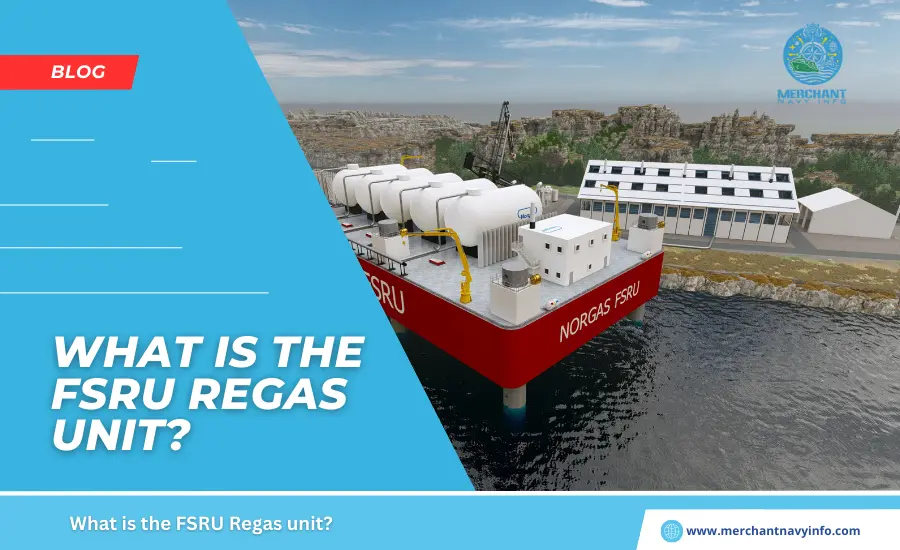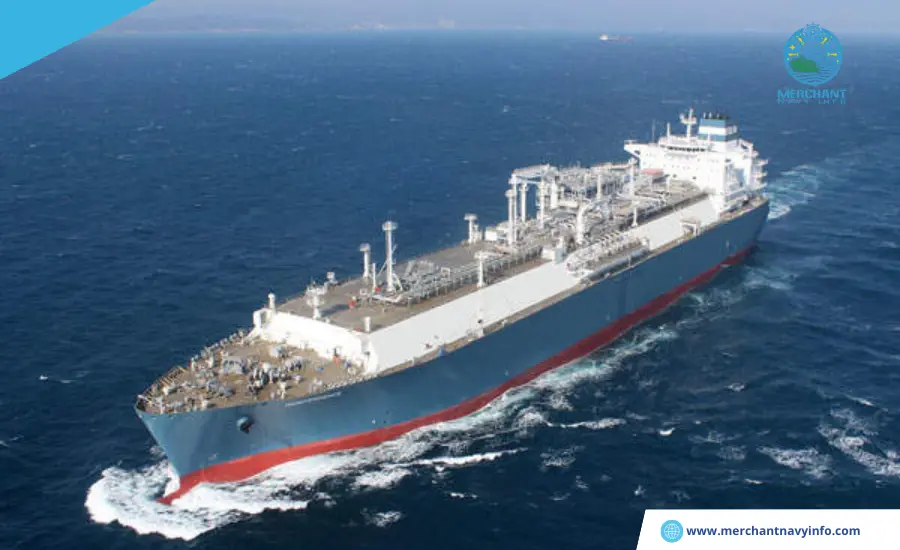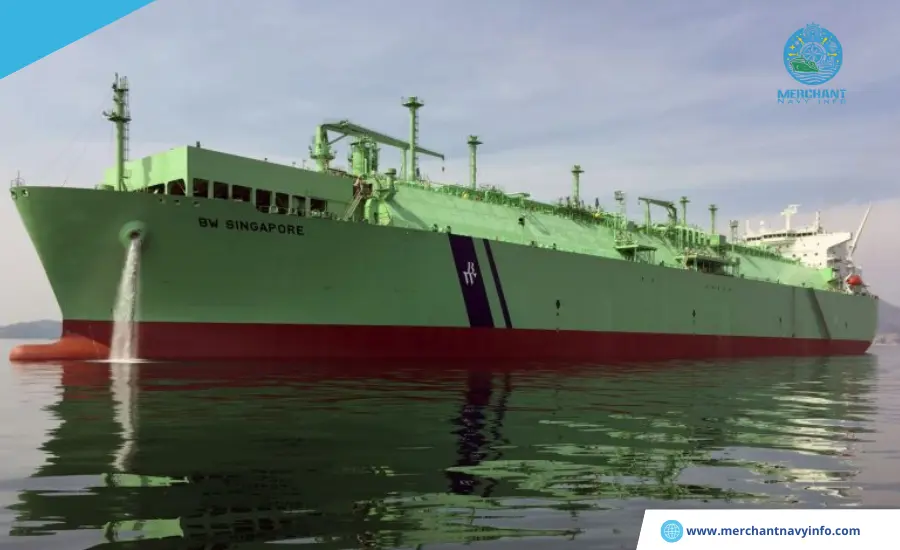
A Floating Storage Regasification Unit (FSRU) is an essential component of the oil industry. The FSRU is needed to transit. Also, it transfers Liquefied Natural Gas (LNG) through oceanic channels. Therefore, an FSRU can be termed a special type of ship used for LNG transfer.
As viable and exceedingly environmentally friendly LNG is a fuel component, transporting it isn’t easy. Any slight callousness could result in the loss of precious lives and also fuel, not to mention the further degradation of the oceanic ecosystem.
The LNG fuel was transferred in a semi-cooled slushy state of -160 ͦ to the instructed destination. This must be heated to its original gaseous state. This reheating must be done before the gas is pumped into its storage systems. The whole process of freezing and then reheating the fuel is extremely expensive and time-consuming. The resulting solution to this lengthy process is a floating storage unit, which also has a reliquefaction plant.
Classification of FSRU Vessels

Depending on their design, FSRU vessels can be classified as ships or offshore installations. Floating Storage Regasification Units (FSRUs) can be provided in two ways:
They can be installed as a different unit aboard the LNG carrier itself.
An old gas carrier can be turned into an independent unit. It can then be placed in a particular destination as an offshore installation.
When the FSRU mechanism is installed on all ships. The vessel’s construction is similar to that of other LNG ships. Thus, undergoing LNG trading operations with regular dry docking and complying with all the mandated international marine safety standards. The major benefit of such installation is that the heating and liquefaction process can occur within the vessel itself without unloading the fuel in its semi-frozen slushy state.
For the second method, an old LNG tanker is modified with offshore installations into a floating LNG unit. It can be either with the propulsion unit (mobile) or without the propulsion system (fixed offshore unit). The former gives the flexibility to operate as a floating storage unit and an LNG tanker when required.
In the former case, the process can be carried out within the vessel without unloading the fuel in its semi-frozen slushy state.
The latter option, however, is set to be more viable as docking an improved regasification unit would make sure that the supply and demand chains are properly balanced.
Since the refurbished moving storage regasification unit (FSRU) would also provide storage facilities for LNG, constant transference of LNG cargo from LNG vessels would ensure no storage depletion.
Key Equipment of FSRU

Tanks
The first important part of FSRU is the “S,” which denotes the storage of LNG fuel. Either membrane or spherical Moss-type tanks do this. Of the two, the big tank provides better storage capacity for a vessel of the same size.
Regasification Unit
The next important part of a Floating Storage Regasification Unit aka FSRU is the “R” for regasification capacity. This converts the liquefied natural gas (LNG), transported at −162 °C (−260 °F), back to natural gas at atmospheric temperature.
LNG Unloading Arms known as Hoses
The supply tanker bringing the LNG cargo transfers the cargo using either an unloading arm fitted in the FSRU or cryogenic hoses.
Advantages of hoses over arms:
- Easy to install and store
- Takes Less space and is cheaper than Unloading the arm
Advantages of arms over hoses:
- Quicker offloading
- Ease of operation
- Generates less boil-off gas than hoses
Heating Medium for FSRU
Seawater is generally used as a heat source to vaporize LNG in primary receiving terminals. This system is called an open loop system. Strict environmental regulations have to be followed for the cold seawater discharged following the heat exchange with LNG.
The other method of heating the LNG from its cryogenic state is a closed-loop system, In this a freshwater/glycol mixture is circulated and pre-heated by steam from the ship’s boilers.
Another option is to use an intermediate fluid vaporization process (IFV) in two stages. The first stage utilizes propane vapor to condense the LNG, and the second cools it down using a heating medium (e.g., seawater). The system can be a mix of open and closed loop.
Boil-Off Gas (BOG) Management
During the LNG loading operation, excess BOG is generated in the floating storage regasification unit. This is also known as FSRU piping. It is the same as when filling onshore tanks. At the same time, some of the gas is taken back to the supply tanker. This is done to fill the space earlier occupied by the LNG. The extra gas needs to be managed to prevent overpressurisation of the tanks. There is a boil-off gas management system that would reliquify the boiling gas. It will then be transferred back to the tank using loading or spray lines.
Gas Export Arms or Hoses
In most inshore FSRUs, the gas is exported. This is through a high-pressure gas export arm. Rather than an arm, they can also be supplied with hoses for this job.
The offshore industry has seen a lot of growth in FSRUs in recent times, and this is mainly due to the advantages of cost savings and financial flexibility they provide to the owner. In addition to the relocation option that is absent in land-based units, FSRUs provide an excellent opportunity to grow the already growing LNG market internationally.









